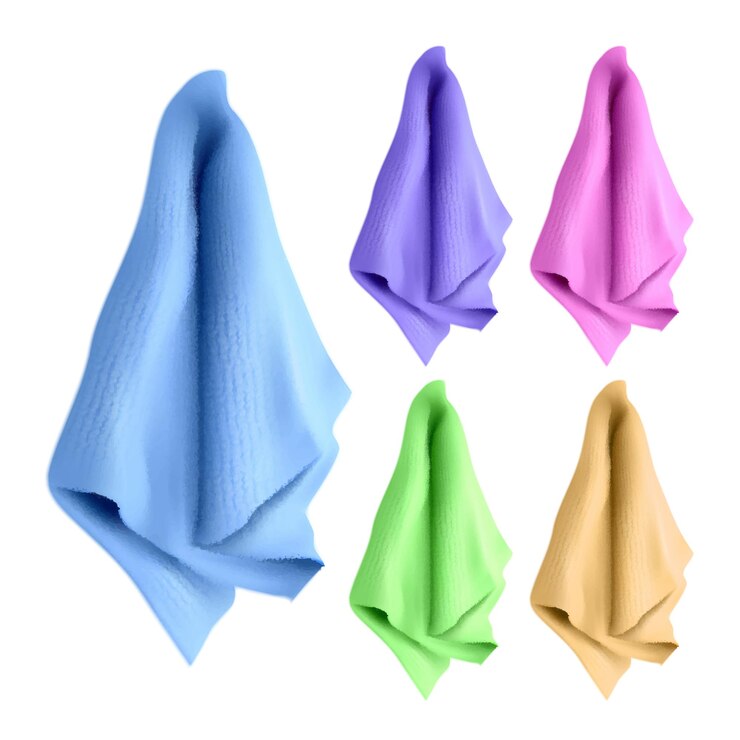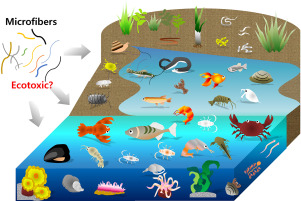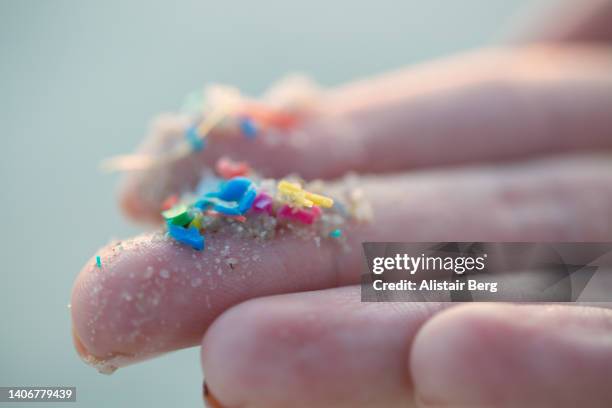Introduction
In the period of quick style, plastic contamination, and manufactured textures, quite possibly the most slippery and frequently disregarded poison influencing our planet and our wellbeing is microfibers. These small strands, estimating under 5 millimeters long, have become unavoidable in the climate. Yet, their effects go a long way past what the unaided eye can see, as they invade environments, hurt natural life, and present a developing gamble to human wellbeing.
What Are Microfibers?

Microfibers are manufactured filaments shed from ordinary materials, fundamentally produced using materials like polyester, nylon, and acrylic. These textures are normally found in things like attire, towels, bedding, and even upholstery. At the point when washed, these materials discharge a great many minuscule strands that are excessively little to be gotten by clothes washers’ channels and too light to even consider soaking in water. Thus, microfibers end up in our streams, seas, and landfills.
Microfibers and the Environment

The ecological results of microfibers are critical. Since these filaments are produced using plastic-based materials, they are non biodegradable. This implies they don’t separate in the climate and continue for hundreds, on the off chance that not thousands, of years. In the seas, microfibers are ingested by marine life, from tiny fish to huge fish and whales. For marine creatures, consuming microfibers can prompt actual damage, blockages in the stomach related framework, and ailing health. Besides, microfibers go about as vectors for poisons, retaining hurtful synthetic compounds from the encompassing water, which then, at that point, enter the established pecking order, at last advancing into the fish we consume. But not simply marine life endures. Microfibers can collect in soil too, influencing earthly environments. Studies have tracked down microfibers in agrarian fields, where they can hurt soil living beings and possibly influence crop development. As plastic defilement spreads, microfibers present a serious danger to biodiversity and environment wellbeing.
The Effect on Human Wellbeing
Past their ecological cost, microfibers represent a developing gamble to human wellbeing. As plastics, they contain different synthetic added substances, like fire retardants, plasticizers, and colors, large numbers of which have been connected to hormonal disturbances and other medical issues. At the point when people come into contact with microfibers whether through inward breath of airborne strands or by polishing off polluted food or water the results could be far reaching. Research has demonstrated the way that microfibers can advance into human stomach related frameworks through fish utilization, drinking water, or even residue in the air. While researchers are as yet concentrating on the drawn out impacts, early discoveries propose that openness to microplastics might be connected to aggravation, resistant framework interruption, and even malignant growth. The inward breath of airborne microfibers, particularly in indoor conditions where engineered materials are bountiful, could likewise prompt respiratory issues.
Moreover, there is developing worry about microfibers influencing human ripeness and neurological turn of events. As microfibers collect in the pecking order, especially in fish and shellfish, the potential for human openness increases. However we may not as yet completely comprehend the extent of the issue, the possibility that microfibers are presently essential for the food we eat and the air we inhale is profoundly disturbing.
Decreasing Microfiber Contamination

All in all, how can the developing microfiber emergency? While the test is complicated, there are a few down to earth advances that people, organizations, and legislatures can take to lessen microfiber contamination.
Picking Regular Strands: One of the best ways of eliminating microfiber contamination is to select normal filaments like cotton, cloth, and fleece, which are biodegradable and separate substantially more effectively in the climate than engineered materials.
Washing Propensities: Washing manufactured textures like polyester and nylon ought to be finished with alert. Involving a microfiber-getting gadget in clothes washers, (for example, a channel pack or a filtration framework) can assist with catching microfibers before they escape into streams. Moreover, lessening the recurrence of washing engineered garments and keeping away from high temperature washes can limit fiber shedding.
Advancing Reusing: Reusing engineered materials or reusing old apparel can assist with keeping materials from winding up in landfills, where they add to microfiber contamination. Reusing programs focused on materials are as yet arising, and supporting such drives can assist with resolving the issue for a bigger scope.
Putting resources into Advancement: The material business can likewise assume a critical part by putting resources into elective materials and creating textures that are less inclined to shed strands. Biodegradable manufactured filaments and inventive material handling advancements might offer arrangements that help forestall microfiber contamination at the source.
Bringing issues to light: Schooling is critical to tending to microfiber contamination. By spreading mindfulness about the issue and empowering cognizant shopper decisions, people can come to informed conclusions about the items they purchase and the effect they have on the climate.
Conclusion
Microfibers are a quiet however inescapable danger to both our planet and our wellbeing. As engineered textures keep on overwhelming the worldwide market, how much microfibers contaminate our streams, air, and established pecking order will just increment except if move is made. By settling on more brilliant decisions as customers, supporting reasonable practices, and requesting change from businesses, we can begin to control the destructive impacts of microfiber contamination. It is vital that we address this issue now, before the harm becomes unsalvageable for both the climate and our own prosperity.

Leave a Reply